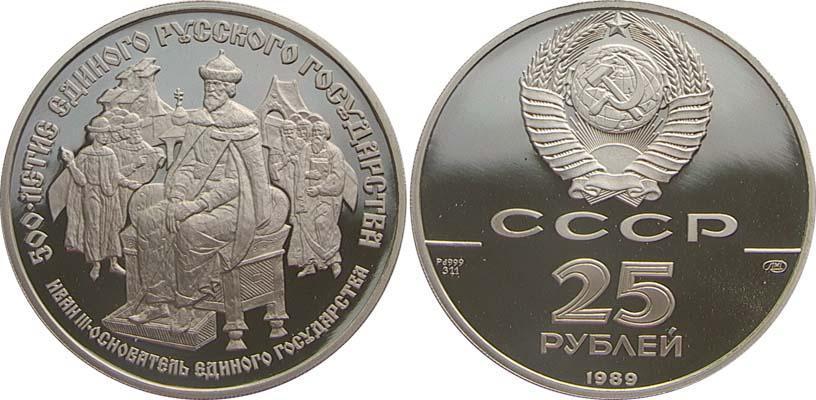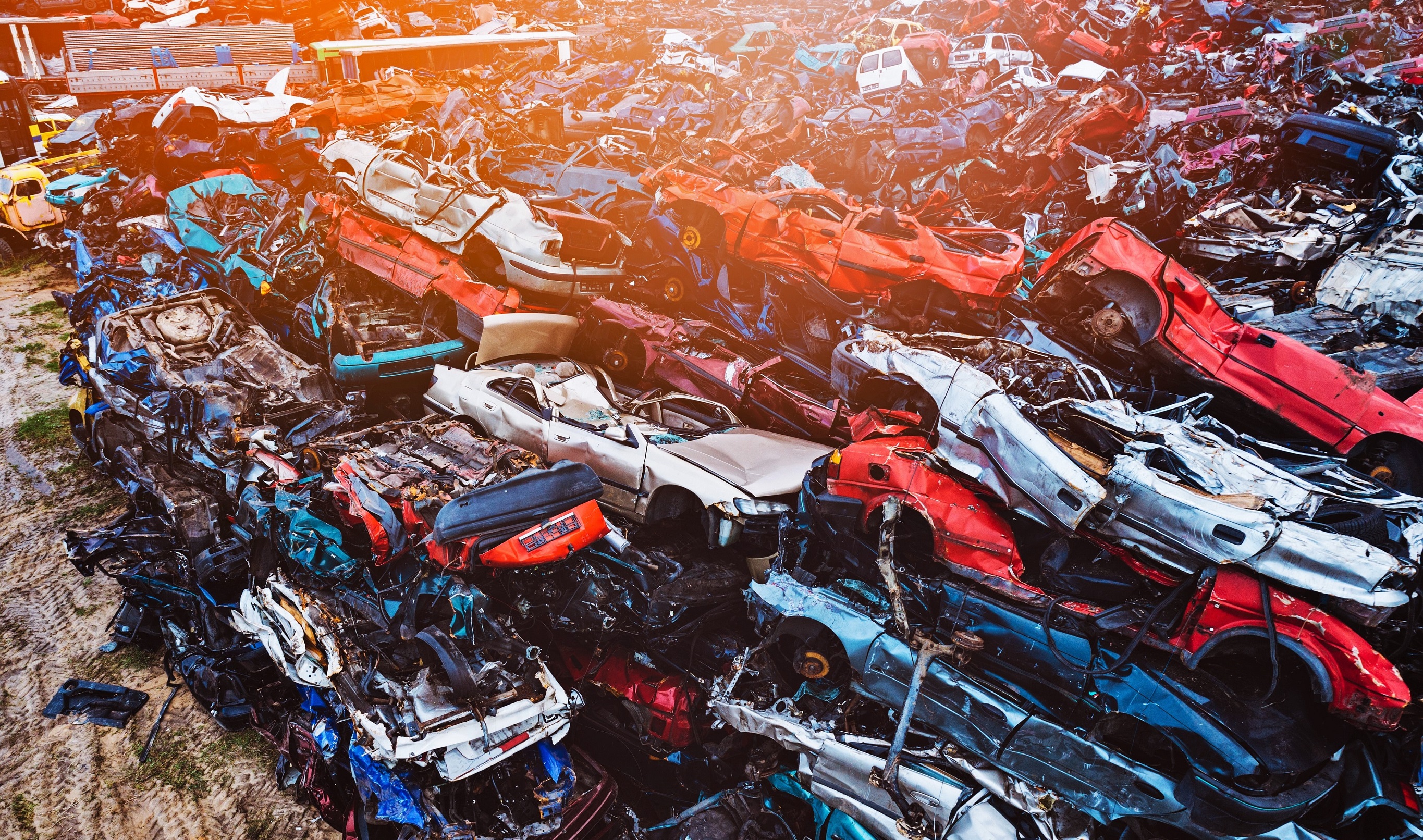Palladium, the car industry and a Chinese mystery
Last fall, police in the UK reported that gangs were stealing catalytic converters from cars, often in the middle of the day just by using a wrench or a portable mobile saw, then selling the devices to metal receptors. In a few days the news was already on all the major newspapers of her Majesty the Queen. This miserable crime is the effect of a record increase in the price of palladium, one of the precious metals that make up the structure of catalytic converters.
For the first time, the price exceeded that of the precious metal par excellence, gold: a slow but inexorable crescendo that has taken less than two decades. Palladium and other precious metals that are in catalytic converters, or devices for controlling emissions of exhaust gases that convert toxic gases and pollutants from internal combustion engines into gases that are less toxic to human health, can be legally recycled, but obviously also illegally, for uses in jewelry, dentistry and electronics.

Palladium, a rare light-colored shiny metal that is extracted mainly along with copper and nickel, has doubled its price in seven months between 2018 and 2019, from the low of August 2018 of $846 per ounce to its absolute maximum of $1610 recorded in early March of this year. Today, among analysts and traders there are those who consider it the most precious of precious metals.
Palladium is a chemical element with atomic number 46. Discovered and isolated for the first time in 1803 by the English chemist and physicist William Hyde Wollaston, in terms of abundance it is the fifth most rare element in the earth’s crust and forms with other metals precious, such as platinum and rhodium, a group of elements called platinum group metals (PGMs) having similar chemical properties.
In 2016, global palladium consumption was around 291 tons, according to the latest data available from the US Geological Survey, of which about 67% was used in the catalyst industry, 13% in the electronics industry, 8% and 5% in the dental and chemical industry respectively, another 5% to produce jewelry while the remainder in other smaller industries including financial investments.
The world’s PMG resources are estimated at around 69 million kilograms, of which about 11% can be considered palladium. The world’s largest PMG reserves are in South Africa, precisely in the Bushveld Complex (in the central-Northern part of the country) which alone accounts for about 50% of the world’s palladium resources, but overall South Africa has reserves of 63 million kilograms which represent over 91% of the worldwide availability. Other countries that deserve to be considered in terms of PMG presence within their borders are Russia (6%), Zimbabwe (2%), the United States (1%) and Canada (0.5%). However, considering the average abundance of PMG in the earth’s crust, experts believe that an additional 30 million kilograms of platinum, palladium and the other four PMG transition metals are available under our feet elsewhere in the world.
Palladium is commercially produced as a by-product of copper and nickel ore refining. In 2016, the world’s palladium production totaled around 212 thousand kilograms, of which 38% was refined in Russian processing plants, followed by South Africa (36%), Canada (10%) and the United States (6%).
The offer did not match the growing global demand. The use of palladium is on the rise as governments, particularly from the European Union and China, are increasingly restricting regulations on the emission of unburned gas produced by cars to suppress air pollution, thus forcing automotive manufacturers to increase the amount of precious metals they use for the construction of their catalytic converters. In Europe, consumers are buying less and less diesel vehicles, which mainly use platinum, and instead are choosing petrol vehicles, which instead use palladium in catalytic converters. This is especially the case after the emissions scandal that involved the discovery of the falsification of emissions from cars provided with diesel engines sold in the United States and Europe.
In recent years, the gap between supply and demand has been filled by strategic stockpiles in Russia, inventories at warehouses in Switzerland and palladium-backed exchange traded funds – stocks that analysts consider exhausted until now, a circumstance that can only push the prices of the palladium towards new records.

The huge production deficit cannot be bridged either in the short or the medium term since mineral deposits and refining plants often adjacent to each other are at the limits of their production capacity both for the lack of industrial investments, as is the case of Russia, and for unresolved trade union negotiations that have previously led to continuous and violent strikes among miners, as is the case in South Africa.
The increase in the price of palladium compared to platinum could push some car manufacturers to look for some substitutive material for palladium. However, it is not certain when such a change could take place as other technological advances could be needed before palladium could match the performance of existing platinum-based catalyst converters. Plus, car manufacturers are now more focused on electrification and electric batteries than on a metal, palladium, which actually represents a relatively small part of the total costs of a car.
And as for electric cars, even if they do not burn fuel, do not have exhaust pipes and do not use palladium, the electrification of most modern cars is still there, and also the use of palladium in hybrids vehicles represents a growing source of palladium use.
An increase in the consumption of palladium for the manufacture of catalytic converters of petrol and hybrid vehicles to reduce harmful emissions is undoubtedly realistic. In addition, due to world automotive production, particularly in emerging markets, such as China and India, as well as in developed markets in Europe and the United States, it is destined not to retreat.
There are three difficult knots to untangle in the near future. First of all, if the great Russian refiners intend to invest capital to increase production capacity, as in the case of Norilsk Nickel, the world’s largest palladium producer, which has declared to spend over $12 billion over the next five years in order to increase production output. Secondly, if South African producers such as Amplats, second in the world for production capacity only to Norilsk Nickel, will definitely resolve wage disputes and work safety. Thirdly, if Zimbabwe wants to emerge as the third palladium-producing country by expanding its mining activities, assuming that the country reaches a minimum of political stability shortly.
Today it seems almost unbelievable that China, the largest purchaser of palladium in the automotive sector, is not a producer of palladium, either in the form of ore or metal. This is a suspicious combination that casts doubt on the veracity of the national statistics released by Beijing, for example on the national reserves of which mention is not even made of Inner Mongolia, a land rich in minerals, or on the absence of a refining industry that could be created by purchasing palladium ore from neighboring Siberia, and even on the absence of strategic stocks that must have been accumulated somehow after petrol cars dethroned diesel cars finally.
The question remains unanswered. We are left to wonder where are those 30 million kilograms of palladium that the experts say are missing.
